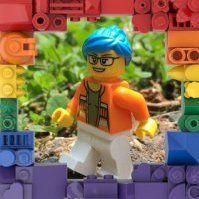
LEGO Group Attending Pride in London!
By
Aanchir, in General LEGO Discussion
-
Recently Browsing 0 members
No registered users viewing this page.

By
Aanchir, in General LEGO Discussion
No registered users viewing this page.